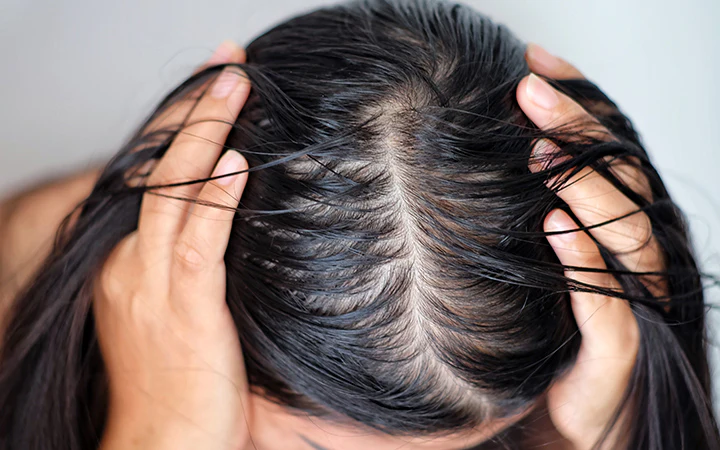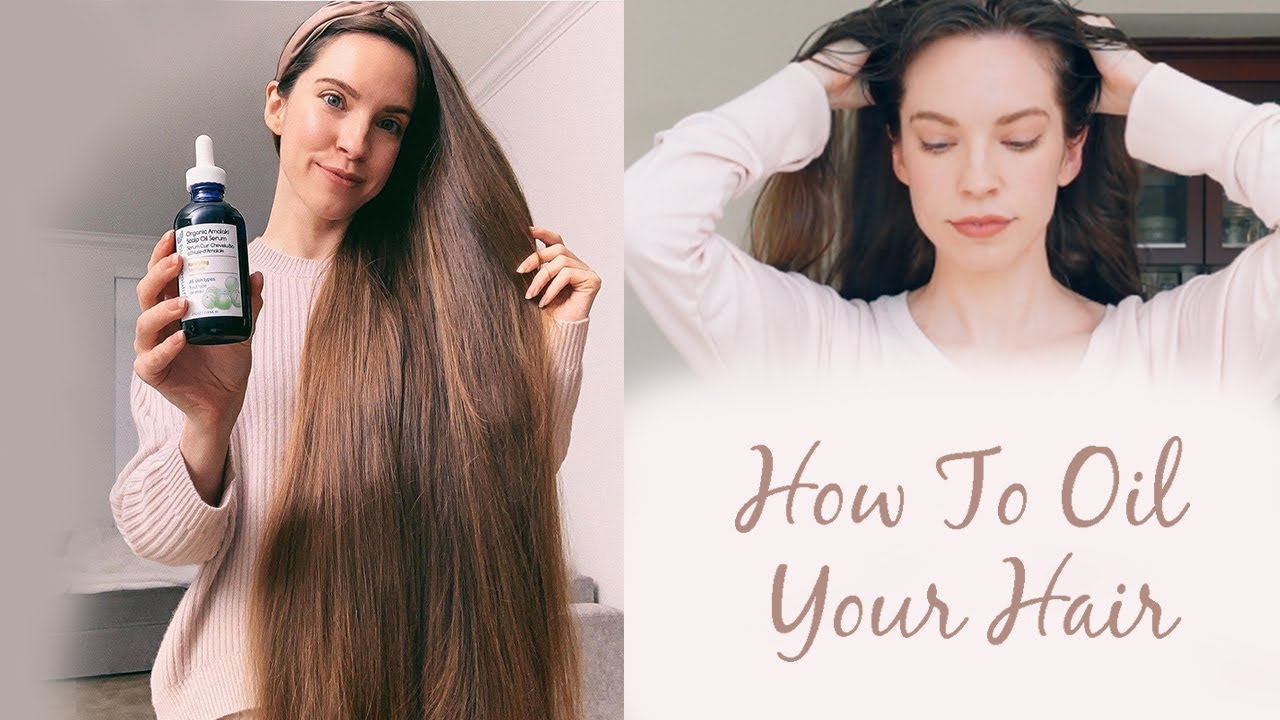What Causes White Hair? Understanding the Science Behind Your Silver Strands
White hair is often seen as a hallmark of age, yet it can appear at any stage in life, whether you’re still in your twenties or beyond. So, what’s happening in your hair follicles that turns them white? The science is rooted in melanin, the pigment responsible for your hair color. Here’s a deep dive into why hair changes color and what might cause premature graying.
What’s Happening When Your Hair Turns White?
Hair turns white when melanin production decreases in your hair follicles, gradually removing color from the strands.
Your hair color is largely determined by melanin, a pigment produced by cells in your hair follicles. When these follicles produce less melanin over time, your hair turns gray, silver, or white. This process is natural, but it can also happen earlier due to various factors, including genetics and lifestyle.
Why Does White Hair Appear Early for Some People?
Genetics, health, and lifestyle choices can lead to white hair at any age, even before traditional signs of aging.
The appearance of white hair is more striking in those with darker hair, making even a single white strand noticeable. Surprisingly, white hair can make an appearance in your teens, twenties, or even earlier. Premature graying has multiple possible causes, and understanding these may help you identify any underlying issues. Here are the most common reasons for premature white hair:
1. Genetics: The Family Connection
Your genes largely determine when you’ll go gray, just like other family traits.
The biggest influence on when you’ll start to go gray lies in your DNA. If you find yourself graying earlier than expected, it’s likely that your parents or grandparents experienced the same. Unfortunately, you can’t change genetics, but you do have options to color your hair if you want to keep your original look.
2. Stress: Not Just a Mental Burden
Stress doesn’t only impact your mood—it can also play a role in turning your hair white.
Stress is often associated with wrinkles, fatigue, and now, gray hair too. Chronic stress impacts your health on many levels, contributing to issues like sleep disruptions, anxiety, and high blood pressure. Interestingly, a 2013 study found a connection between stress and the depletion of stem cells in the hair follicles of mice. While not definitive, this could explain why many world leaders seem to gray faster while in office — high stress might be behind the sudden change in hair color.
3. Autoimmune Diseases: When the Body Turns Against Itself
Certain autoimmune conditions can trigger premature white hair by affecting the body’s melanin production.
Autoimmune diseases like alopecia and vitiligo can lead to premature white hair. These conditions cause the immune system to mistakenly attack hair follicles, disrupting melanin production. This can result in color loss, making white strands more prominent.
4. Thyroid Disorders: The Hormone Connection
An imbalanced thyroid can lead to premature graying due to its impact on hair health and melanin production.
Hormonal imbalances caused by thyroid disorders, such as hyperthyroidism or hypothyroidism, can also lead to premature white hair. The thyroid gland is responsible for regulating several bodily functions, including metabolism and growth. A malfunctioning thyroid can reduce melanin production, resulting in white or gray hair at an earlier age.
5. Vitamin B-12 Deficiency: An Essential Nutrient for Hair Health
A lack of vitamin B-12 may reduce hair pigmentation, causing premature graying in some individuals.
Vitamin B-12 plays a crucial role in hair health and pigmentation. A deficiency in this vitamin, which can occur in a condition called pernicious anemia, can impact the health of hair cells and hinder melanin production. The result? A quicker transition to white hair. Supplementing with B-12, either through diet or medical advice, may help restore some of the color, especially if a deficiency was the cause.
6. Smoking: More Than Just a Heart and Lung Concern
The effects of smoking extend beyond the lungs, impacting hair follicles and increasing the risk of premature white hair.
The effects of smoking extend beyond the lungs and heart, with implications for skin and hair too. Studies have shown a link between smoking and premature graying before the age of 30. Smoking constricts blood vessels, reducing blood flow to hair follicles and even causing hair loss. Additionally, the toxins in cigarettes can damage melanin-producing cells, making white hair more likely.
Is White Hair Normal?
White hair is a natural part of aging that typically comes with time.
Absolutely. For many people, white hair is just a natural part of aging. As we grow older, hair follicles produce less melanin, which results in a gradual color change. You may also notice thinning in some areas of the scalp, which is another common sign of aging. Seeing gray or white strands is a sign that your body is changing, though it may still catch you by surprise!
Can You Prevent White Hair?
Whether white hair can be reversed depends on the cause, though lifestyle changes and treatments may slow the process.
The possibility of reversing or preventing white hair depends on the cause. When genetics are the primary factor, there’s little that can be done to prevent white hair entirely. However, some cases of premature white hair caused by health issues, such as thyroid imbalances or vitamin deficiencies, may be reversible with treatment. For example, hormone therapy may help with thyroid-related graying, while B-12 supplements could improve hair color if a deficiency is at fault.
If stress or smoking is contributing to your graying hair, there’s no clear evidence that managing stress or quitting smoking will reverse the color change. Still, reducing stress and quitting smoking can significantly improve overall health, which could help maintain hair vitality.
Embracing Your Natural Look
White hair is a natural, beautiful part of aging that reflects wisdom and experience.
White hair is an inevitable part of life, though it may arrive sooner for some than others. Whether you choose to embrace your natural look or opt for coloring, it’s worth remembering that silver strands often reflect wisdom and experience.
By understanding the factors that influence hair pigmentation, you can make informed choices about how to care for your hair — and perhaps even find new appreciation for the beauty of going gray.



